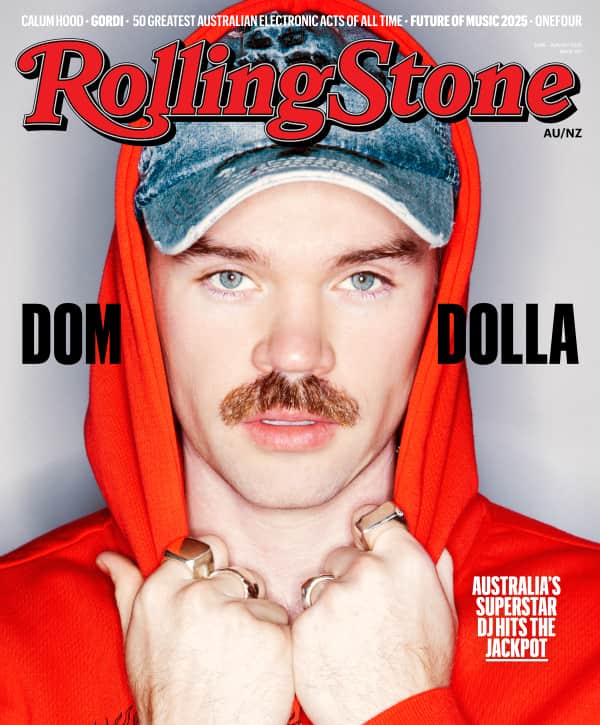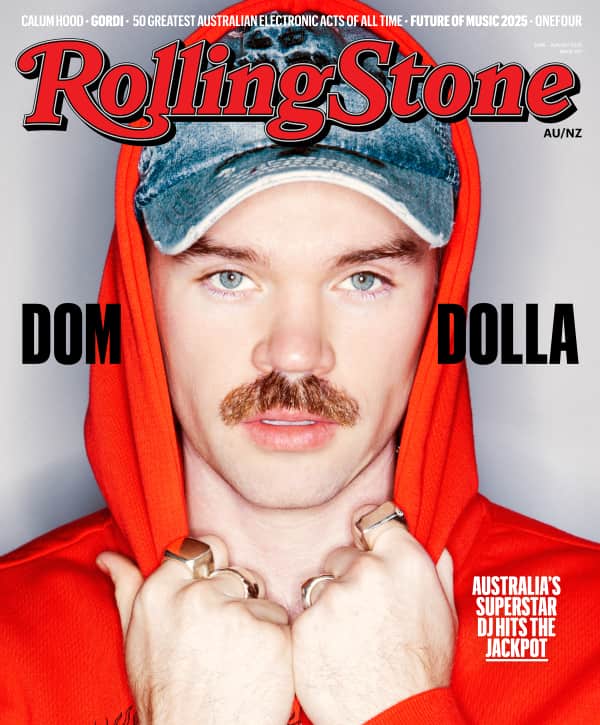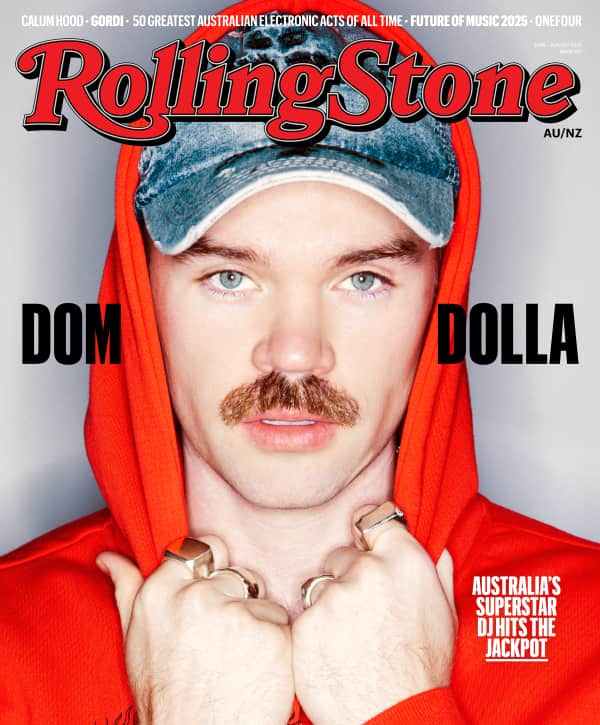In 2001, Death Cab for Cutie’s Ben Gibbard and Jimmy Tamborello (then known as IDM producer Dntel) began swapping song ideas through digital audio tapes, mailed back and forth between Seattle and Los Angeles. Rilo Kiley frontwoman Jenny Lewis, who lived in the same apartment complex as Tamborello, would supplement their tracks with backing vocals. The result was Give Up: a swoony, synth-pop reprieve from the guitar-centric machismo of indie rock. Borrowing from the New Romantics of the Eighties, they glazed their computerized love ballads with an icy, orchestral ambience; but not even the glossy, robotic vocal stylings of Gibbard and Lewis could cool the high melodrama of the lyrics. Hit single “Such Great Heights” would feature in several different television commercials and get the Hollywood treatment in 2004 film Garden State, via acoustic interpretation by Iron & Wine. Gold certified in 2005, it precipitated an onslaught of arty indie pop acts such as Owl City, Matt & Kim and Passion Pit. The trio would briefly reunite for a 10-year-reunion tour in 2013, but promised no other releases under the Postal Service moniker. “Not only will this be the last song of the tour,” Gibbard told the audience at their closing show at Lollapalooza, “this is the last song we will ever do.”











































































